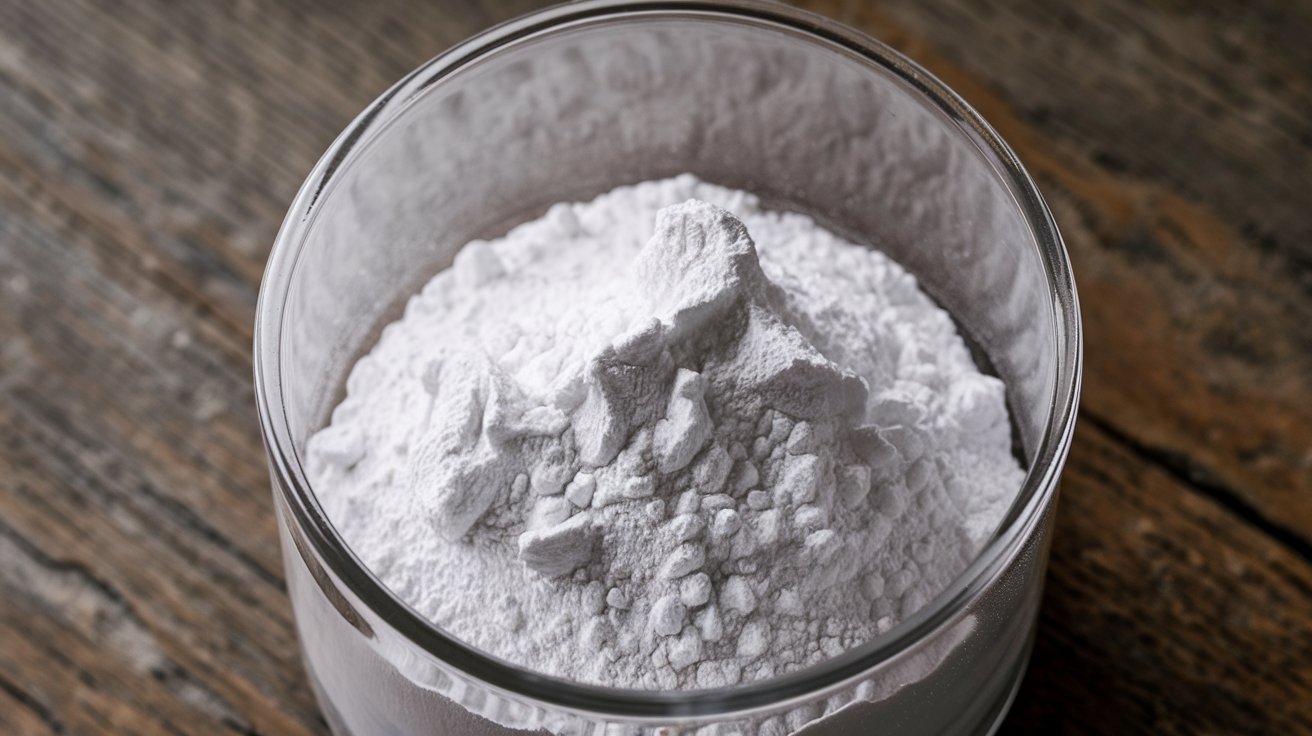
Americium(III) Bromide might sound like a mouthful, but this compound holds some intriguing secrets. Ever wondered what makes it tick? Americium(III) Bromide is a chemical compound combining americium, a radioactive element, with bromine. This compound is part of the actinide series, which includes elements known for their radioactive properties. Used primarily in research, it helps scientists understand more about nuclear reactions and materials. Its unique characteristics make it a subject of fascination for chemists and physicists alike. Ready to dive into the world of Americium(III) Bromide? Let's uncover 30 facts that will blow your mind!
Key Takeaways:
- Americium(III) Bromide is a unique compound with a chemical formula of AmBr3. It's used in scientific research, but strict safety measures are needed due to its radioactive nature.
- This compound has a fascinating history and interesting properties, including its ability to change color and exhibit luminescence. It's a valuable tool in nuclear chemistry research and has a long half-life.
What is Americium(III) Bromide?
Americium(III) Bromide is a chemical compound with the formula AmBr3. It consists of americium and bromine. This compound is part of the broader category of actinide halides. Let's dive into some fascinating facts about this unique substance.
Basic Properties
Understanding the basic properties of Americium(III) Bromide helps in grasping its significance and applications.
- Chemical Formula: The chemical formula for Americium(III) Bromide is AmBr3.
- Molecular Weight: It has a molecular weight of approximately 508.7 g/mol.
- Appearance: This compound typically appears as a light brown or pinkish solid.
- Melting Point: Americium(III) Bromide has a melting point of around 1,000°C (1,832°F).
- Solubility: It is soluble in water, forming a clear solution.
Historical Background
The history behind Americium(III) Bromide is as intriguing as its properties.
- Discovery of Americium: Americium was discovered in 1944 by Glenn T. Seaborg and his team.
- Naming: The element Americium is named after the Americas, similar to how Europium is named after Europe.
- First Synthesis: Americium(III) Bromide was first synthesized in the mid-20th century during research on actinides.
Production and Synthesis
The production and synthesis of Americium(III) Bromide involve specific processes and techniques.
- Starting Material: Americium metal is the starting material for synthesizing Americium(III) Bromide.
- Reaction with Bromine: Americium reacts with bromine gas to form Americium(III) Bromide.
- Controlled Environment: The synthesis must be conducted in a controlled environment due to the radioactive nature of americium.
Applications
Americium(III) Bromide has several applications, particularly in scientific research.
- Radiation Source: It is used as a radiation source in various scientific experiments.
- Neutron Activation: Americium(III) Bromide is utilized in neutron activation analysis.
- Research: This compound is valuable in studying the properties of actinides and their compounds.
Safety and Handling
Handling Americium(III) Bromide requires strict safety protocols due to its radioactive nature.
- Radioactivity: Americium is a radioactive element, making Americium(III) Bromide radioactive as well.
- Protective Gear: Handling this compound necessitates the use of protective gear, including gloves and lab coats.
- Storage: It must be stored in specialized containers to prevent radiation exposure.
- Disposal: Disposal of Americium(III) Bromide must follow stringent regulations to avoid environmental contamination.
Physical and Chemical Behavior
The physical and chemical behavior of Americium(III) Bromide reveals much about its interactions and stability.
- Crystal Structure: It crystallizes in a hexagonal structure.
- Thermal Stability: Americium(III) Bromide is thermally stable up to its melting point.
- Reactivity: It reacts with water to form americium hydroxide and hydrobromic acid.
- Oxidation States: Americium in this compound is in the +3 oxidation state.
Environmental Impact
The environmental impact of Americium(III) Bromide is a crucial consideration due to its radioactive properties.
- Radioactive Decay: Americium undergoes radioactive decay, which can impact the environment.
- Containment: Proper containment is essential to prevent environmental contamination.
- Regulations: There are strict regulations governing the use and disposal of radioactive materials like Americium(III) Bromide.
Interesting Facts
Here are some additional interesting facts about Americium(III) Bromide that highlight its unique characteristics.
- Color Change: The compound can change color when exposed to different temperatures.
- Luminescence: It exhibits luminescence under certain conditions.
- Research Tool: Americium(III) Bromide is a valuable tool in nuclear chemistry research.
- Isotopes: Americium has several isotopes, with Americium-241 being the most common in this compound.
- Half-Life: The half-life of Americium-241 is about 432 years, making it a long-lived radioactive element.
Final Thoughts on Americium(III) Bromide
Americium(III) Bromide, a fascinating compound, holds a unique place in the world of chemistry. Its radioactive properties make it both intriguing and useful, especially in scientific research and industrial applications. Handling this compound requires extreme caution due to its radioactivity, but its benefits in smoke detectors and neutron sources are undeniable. Understanding its characteristics, from its crystalline structure to its reactivity, provides valuable insights into the behavior of actinides. While not commonly encountered in everyday life, Americium(III) Bromide's role in advancing technology and safety measures can't be overlooked. Whether you're a chemistry enthusiast or just curious about the elements, knowing these facts enriches your appreciation for the complexities of the periodic table. Stay curious, and keep exploring the wonders of science!
Frequently Asked Questions
Was this page helpful?
Our commitment to delivering trustworthy and engaging content is at the heart of what we do. Each fact on our site is contributed by real users like you, bringing a wealth of diverse insights and information. To ensure the highest standards of accuracy and reliability, our dedicated editors meticulously review each submission. This process guarantees that the facts we share are not only fascinating but also credible. Trust in our commitment to quality and authenticity as you explore and learn with us.
